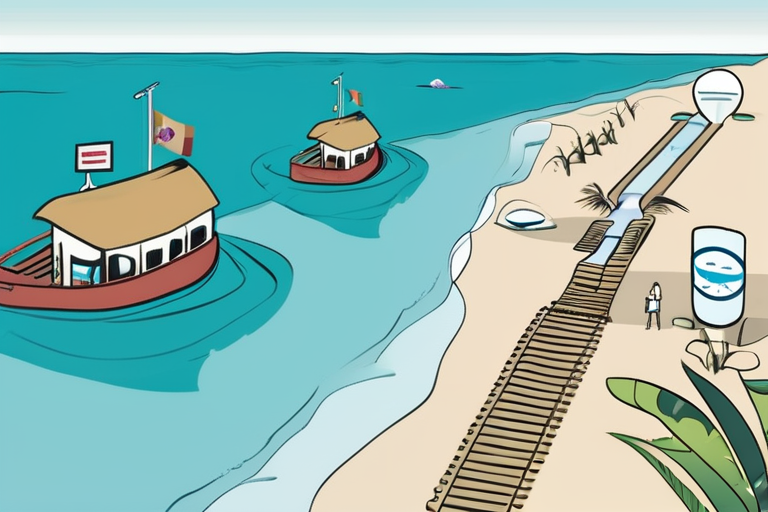In a significant move to tackle the pressing challenges of subsidence and rising sea levels, coastal megacities are increasingly looking inland for research collaborations. This shift is driven by the urgent need to mitigate the effects of climate change on densely populated coastal areas.
The numbers are stark: a 2024 study estimated that in 2018, around 2 billion people lived within 50 kilometres of a coast, with half of the world's population settled within just 10 km. Coastal zones are also growing faster than inland areas, with 460 million people moving to the coast between 2000 and 2018, equivalent to adding 46 new megacities of 10 million residents each. This rapid urbanization has put immense pressure on coastal cities, which are often more susceptible to subsidence due to the sinking of land caused by groundwater extraction and other human activities.
The Indonesian government's plan to move its capital from Jakarta, one of the world's fastest sinking cities, to a new city, Nusantara, on the island of Borneo by 2045, is a prime example of the acute need for innovative solutions. The $51 billion project is a significant investment in the country's future, but it also highlights the importance of research collaborations in tackling the complex challenges facing coastal megacities.
In recent years, there has been a growing trend of coastal cities partnering with inland research institutions to develop new technologies and strategies for mitigating the effects of climate change. For instance, the city of Tianjin in China has collaborated with researchers from inland universities to develop innovative solutions for subsidence, including the use of advanced sensors and monitoring systems to track land movement.
This shift towards inland research collaborations is driven by the recognition that coastal cities face unique challenges that require specialized expertise and knowledge. By partnering with inland research institutions, coastal cities can tap into a broader range of expertise and resources, including access to cutting-edge technologies and innovative research methods.
The market impact of this trend is significant, with the global market for climate change mitigation technologies expected to reach $1.4 trillion by 2025. Coastal cities are driving demand for these technologies, which include everything from sea walls and flood defenses to green infrastructure and climate-resilient buildings.
The company/industry background is complex, with a range of players involved in the development and implementation of climate change mitigation technologies. However, some of the key players in this space include research institutions, technology companies, and construction firms.
Looking ahead, the future outlook for coastal megacities is uncertain, with rising sea levels and subsidence posing significant challenges to urban planning and development. However, by partnering with inland research institutions, coastal cities can develop innovative solutions to these challenges and create more resilient and sustainable communities.
In conclusion, the trend of coastal megacities looking inland for research collaborations is a significant development in the fight against climate change. By tapping into the expertise and resources of inland research institutions, coastal cities can develop innovative solutions to the complex challenges facing their communities, and create more resilient and sustainable futures.



























Share & Engage Share
Share this article